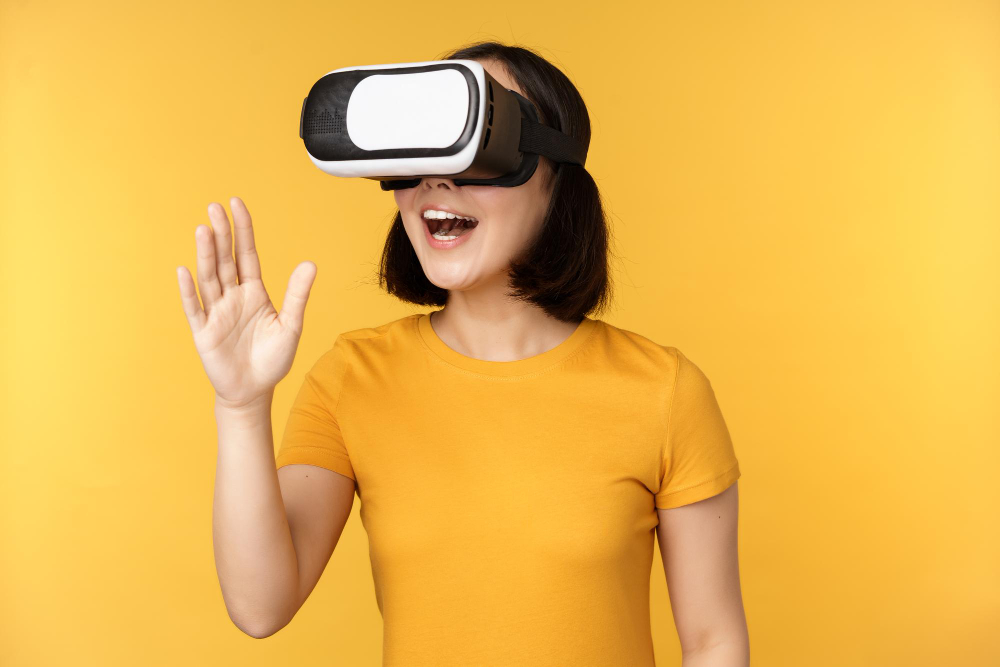Despite the advantages of cloud storage for data security, like off-site backups and reduced costs, the cloud is not a perfect solution. As digital environments have become more complex, cloud security issues have faced increasingly difficult challenges.

Biggest Cloud Security Issues
Cloud-based web apps are high-traffic, often under-secured points of attack that create security problems for many organizations. Both those that develop and maintain them and those that use them.
However, the cloud service provider is not the problem. Typically, the customer introduces the most problematic security issues. Much of the time, a customer’s attempt to make it easier for himself to log in also makes it easier for an attacker to log in. Anyone who has saved a password to the browser or checked the “Remember Me” box has created a potential exploit.
Convincing customers to clean up their security acts is generally an uphill battle. Instead, focus on more productive solutions. Like automatic monitoring that can detect issues with your cloud product and monitor traffic in your environment.
Cloud Security Issues is a Challenge
Users often rely on the Shared Responsibility Model for cloud security. This means that the cloud service provider (CSP) monitors the infrastructure for the cloud environment, but users are responsible for protecting whatever data they store in that cloud infrastructure. So, if an attacker got into the environment, the CSP is responsible for entry points on its end. The customer is responsible for his own end-to-end security and on-premises network and application security. This division is often confusing for customers, and they tend to assume their environment is more secure than it actually is.
That’s a problem for cloud security, made worse by the complex, multi-cloud environments becoming necessary for many businesses to effectively interact with customers. A web application has to act as a portal between the company’s cloud infrastructure and the customer’s access point, but it must do this for perhaps millions of customers (each of whom is very likely to use an API or password save function, creating endpoint vulnerabilities). In many cases the web app interacts with multiple different cloud services or databases, which adds still more possible attack vectors.
Why is Security an Issue With Cloud?
Further complicating matters is the unprecedented number of devices a person could be using to access the web app. Supposing one user has an iPad, a smart phone, a home laptop, and a work desktop, there are now four access points to keep track of and very limited visibility of each one. Especially when there are remote workers who bring their own devices to work, a security team has limited access and influence over the security of those devices. This creates security flaws whenever someone connects to a network or to a cloud application.
There’s only so much security professionals can do in this highly complex (and often muddied) tech landscape, and they are further hampered by an inability to use familiar tools. The cloud environment is much less insular than a traditional data storage facility, and the tools needed to test and evaluate its security must then be different. Learning the new tools and protocols takes time, something many are hard-pressed for as they struggle to keep up with the rising pace of new vulnerabilities.

The Provider Isn’t the Problem
Maintaining cloud security issues is a challenge both for CSPs and for their customers, but generally, CSPs have reasonably good security practices. They typically have their bases covered. Most of the problems with cloud security come from the customers, who have a few common faults:
- Employees are given more access than they need. Approximately 90% of permissions given to employees see no use, which indicates that zero-trust policies are not properly implemented. Additionally, many test accounts or third-party accounts are never shut down after companies stop using them, creating more opportunities for exploitation.
- Container images are poorly maintained. A container image is essentially a backup of a virtual machine, a very handy feature of cloud computing. Unfortunately, many container images are unreliable due to vulnerabilities that go unpatched. This is largely due to time pressures on security professionals.
- Java is increasingly used due to its compatibility with mobile apps. Its ease of use and versatility make Java a popular choice for coding web applications. The trouble is that Java is also a popular choice for attackers looking for a quick win. Although Java accounts for only 24% of runtime packages, it is responsible for 61% of runtime vulnerabilities.
Effectively Securing Cloud Environments
Overall, the biggest challenge for customers seems to be finding the time to properly secure their cloud assets. One way to solve this problem is automation. Finding tools that automatically detect misconfigurations, vulnerabilities, and unusual data activity can help improve attack detection time in a complex environment.
Deploying a cloud security solution can help CSP customers better manage their part of the security bargain without requiring them to invest substantial time and resources that might be better spent on app development. Good support will often include automated detection, WAFs, RASPs, and data security protocols.
Securing the cloud environment is essential for business longevity. Attacks can be time-consuming and expensive on their own, but a data breach can create profit losses due to downtime, loss of trust from consumers, compliance issues with regulatory bodies, and other problems.
It’s better to be proactive about securing cloud environments and web apps, and it’s far more sustainable.








